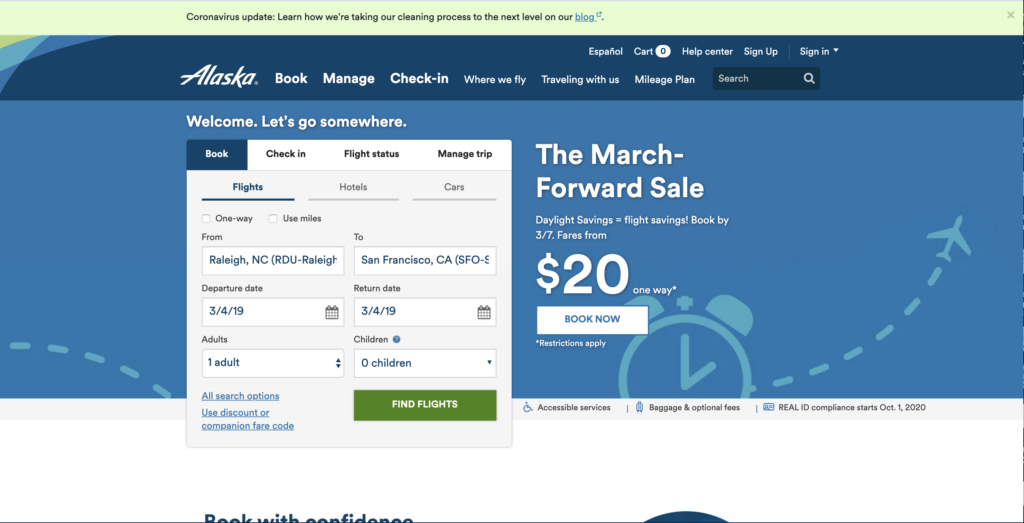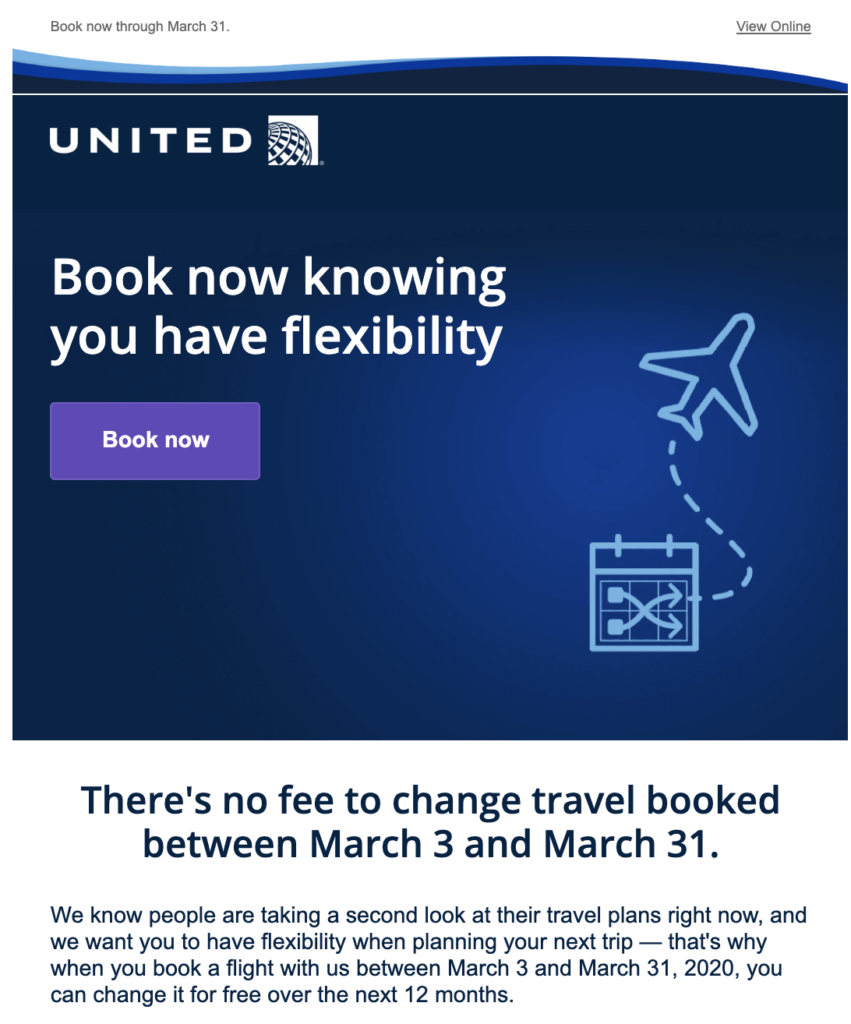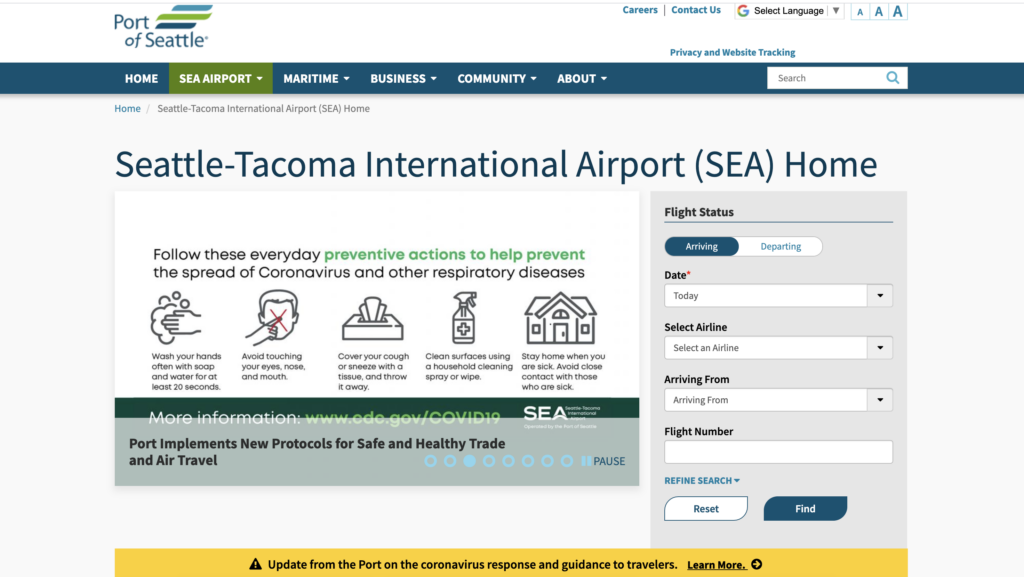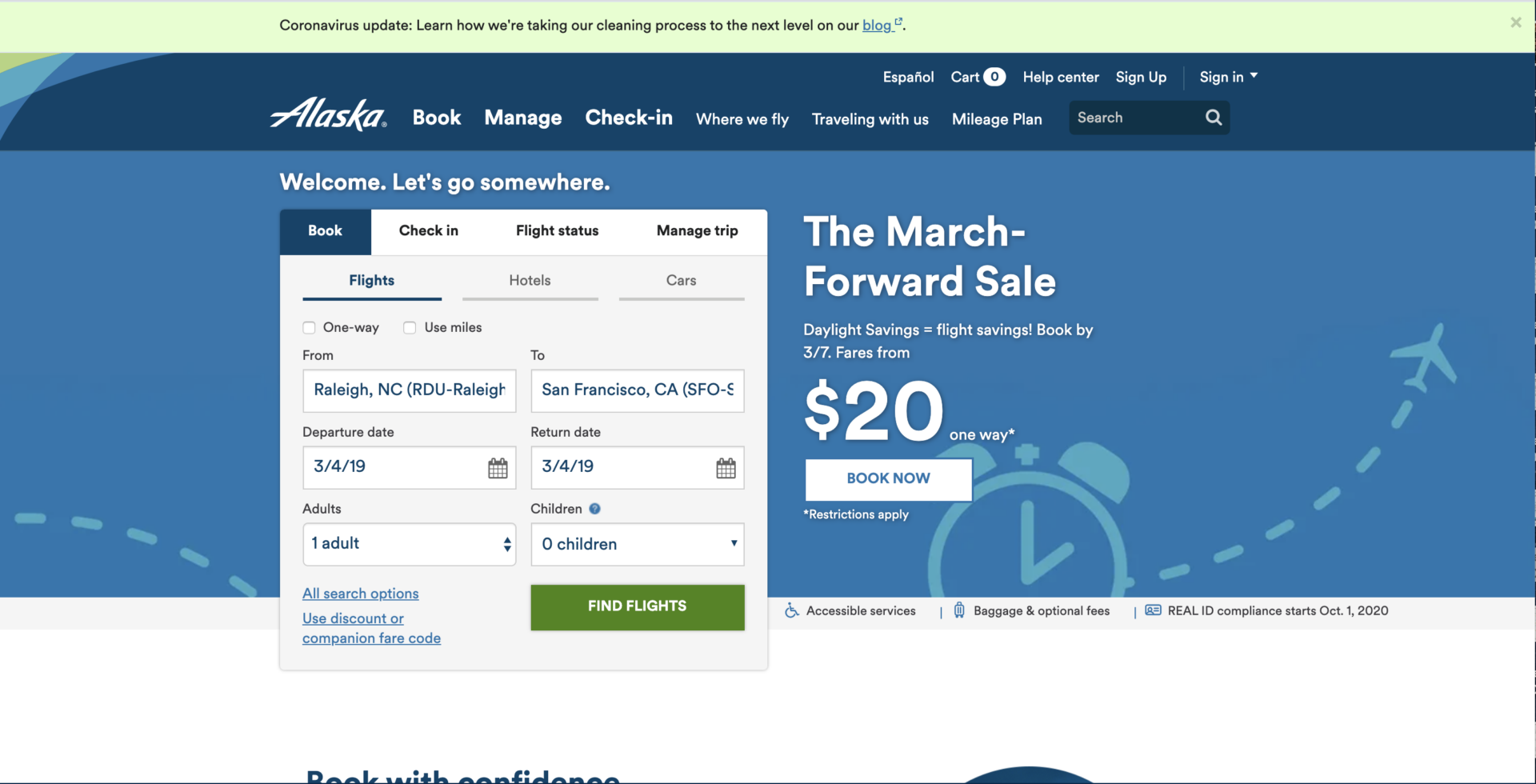If you’ve been following the news about COVID-19 (aka the coronavirus), there’s no denying that it’s wreaking havoc on markets and industries worldwide. One of the most impacted is the travel industry, as millions of travelers postpone or cancel their trips in response to the disease.
According to a report from Tourism Economics, the US Travel Industry may experience a $10 billion loss from the coronavirus, with effects rippling into 2024. The International Air Transport Association (IATA) is predicting a $29 billion loss for the airline industry alone.
The good news for digital teams working on these brands is that within this disaster, there is an opportunity to offer an excellent customer experience and optimize your website to address any travel-related emergency–regardless of whether it’s wildfires, the threat of a global pandemic or weather-related issues.
Tip #1: Optimize Your User Experience for Frazzled or Anxious Travelers
You’re likely experiencing an influx of visitors to your site who are looking to adjust their travel plans. Frustrating? Absolutely. But this also offers an opportunity to optimize the way in which your website directs visitors to critical information like cancellation policies, travel insurance, FAQs and any other special messages or promotions that you may have running in response to an emergency.
Test experiences that aim to make it as easy as possible for visitors to find this information across both desktop and mobile devices.
Even a small increase in access to these critical parts of your site during this time can save your company precious time and labor, as well as offer some relief to your already inundated call centers.

Tip #2: Test The Effectiveness of Your Crisis Messaging
While your new visitor traffic may be taking a hit due to the virus, seize the opportunity to test out messages and experiences that aim to alleviate stress.
The way you share information about the steps your company is taking to protect customers now and moving forward could offer you a data-informed playbook for the best way to handle crises like this in the future.
Maybe you’ve added additional cleaning crews, put out twice as many hand sanitizing stations, eliminated change fees and offered free refunds to any customers who think they may already be sick to avoid cross-contamination.
By testing these messages, you could uncover what resonates with customers and mitigates their anxiety, which can translate into increased loyalty down the road.
Tip #3 – Play Offense Rather Than Defense
Test copy that encourages customers to “rebook” their travel rather than canceling it, especially if they’ve booked a non-refundable rate.
Within this strategy, you can also waive change fees, and promote the benefits of rescheduling, such as the length of time they’d have to rebook. Or, test directing them to a calculator or tool that helps determine the best way to use their travel credits.

Tip #4: Embrace the Pace
While blizzards, hurricanes and other weather events create similar chaos for the travel industry, the effects of these are generally short-lived and blow over (wink) within a week or two.
The extended nature of the coronavirus will allow for more tests to reach significance and greater insights into how to successfully navigate future catastrophes.
Tip #5: Make it Personal
Travelers heading to or from areas that are being hit the hardest from COVID-19, like Seattle, could benefit from personalized messaging.
For visitors who are traveling to or from these places, offer personalized messaging providing information about travel restrictions and refund policies. This positions your brand as a reliable source for where they can get the most up-to-date information.
At a minimum, companies also should take stock of and pull any dated promotions or copy that encourages travel to these locations.

There’s no doubt that the coronavirus is creating a huge quagmire for nearly everyone in the travel space. While revenue is being challenged, take this opportunity to run brand-focused tests and glean powerful insights about your customers that can inform your strategies for future crises.

Insights are key.
Recent Insights
Let's do
something epic.
At Blazer, we partner with ambitious brands and leaders that refuse to settle for less.
Get Our Updates
Blazer is the consulting firm that helps brands prove what drives customer value, and builds teams that deliver on it.
16 W. Martin St., 9th Floor, Raleigh, NC 27601
16 W. Martin St., 9th Floor, Raleigh, NC 27601






